The History and Evolution of Luxury Jewelry Brands
Luxury jewelry brands have shaped fashion and culture through history. Exploring their evolution reveals iconic milestones and cultural shifts.
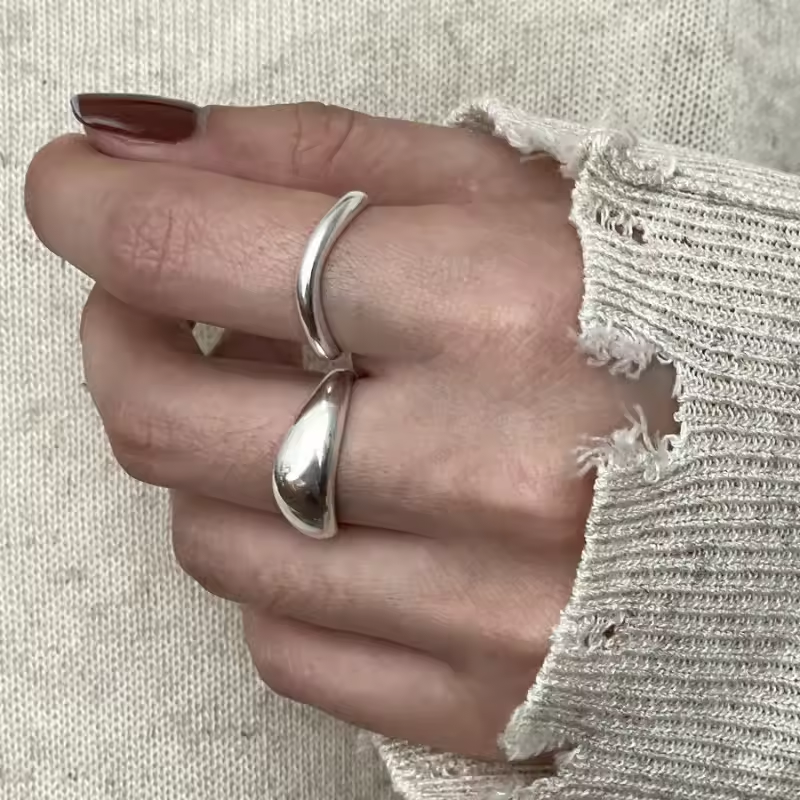
Iconic Milestones in Jewelry Craftsmanship
Jewelry craftsmanship dates back centuries, blending art and innovation. Ancient civilizations used gold and gemstones to create ornate pieces. During the Renaissance, intricate techniques like enamel and filigree gained prominence. The Victorian era saw sentimental jewelry, such as lockets and brooches, flourish. In the 20th century, bold designs like Art Deco revolutionized luxury jewelry styles. These milestones showcase the artistry and creativity defining luxury jewelry across eras.
How Luxury Jewelry Became a Symbol of Prestige
Luxury jewelry brands gained prestige through their exclusivity and excellence. Royals and aristocrats adorned themselves with bespoke pieces to signify wealth. Brands like Tiffany & Co. and Cartier became popular for their dedication to craftsmanship. Jewelry became synonymous with status and elegance. Over time, luxury pieces were desired not just for their beauty, but for their cultural significance. The legacy of luxury jewelry continues to represent power, prestige, and timeless appeal.
Top Luxury Jewelry Brands Worldwide
Explore the finest luxury jewelry brands that have defined artistry, sophistication, and prestige worldwide.
Cartier: The Pioneer of Elegance
Cartier is celebrated for its craftsmanship and iconic designs. Founded in 1847, it quickly became the jeweler of royalty. Famous for creations like the Love Bracelet and the Panthère collection, Cartier combines timeless elegance and modern innovation. Each piece showcases unmatched attention to detail and luxury.
Tiffany & Co.: The American Icon
Tiffany & Co. has symbolized sophistication since 1837. Known for the iconic blue box, Tiffany revolutionized jewelry with its diamond engagement rings. The brand is synonymous with elegance and simplicity, offering classic designs crafted from the finest materials. Tiffany remains a cornerstone of American luxury.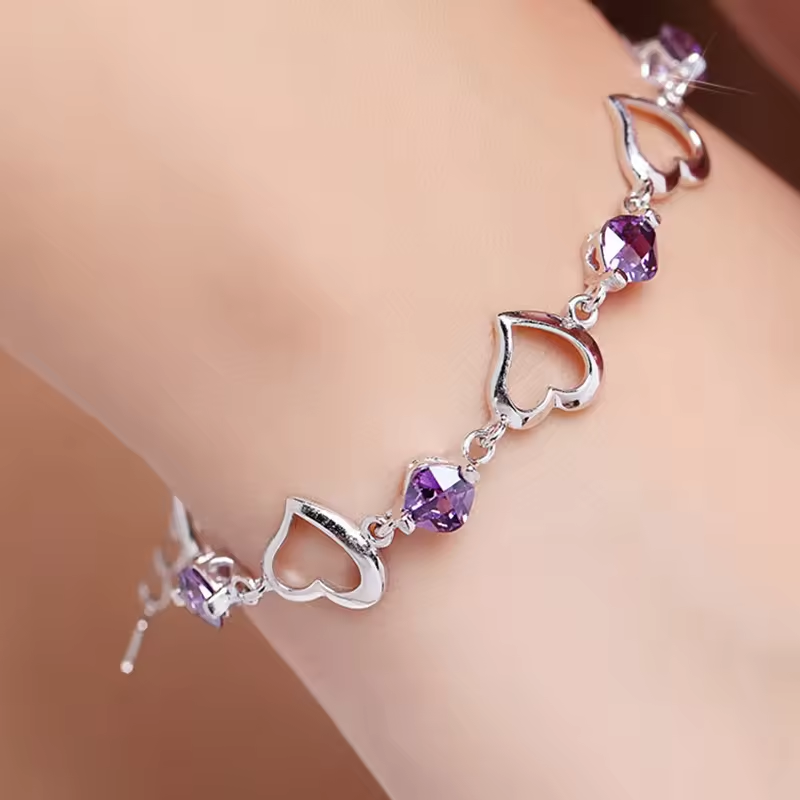
Bulgari: The Epitome of Italian Glamour
Bulgari is renowned for bold designs and rich Italian heritage. Founded in 1884, it blends Mediterranean inspiration with contemporary style. Featuring vibrant gemstones and intricate artistry, Bulgari is a benchmark for glamour. Collections like Serpenti showcase the brand’s innovative spirit and timeless appeal.
Harry Winston: Diamonds of the Highest Quality
Harry Winston exemplifies luxury and brilliance. Known as “The King of Diamonds,” the brand specializes in rare gems. Established in 1932, it has adorned Hollywood stars and royalty. Signature designs like Cluster Earrings emphasize flawless craftsmanship and exceptional diamond quality.
Van Cleef & Arpels: Timeless Artistry
Van Cleef & Arpels combines creativity and tradition, producing poetic designs since 1906. The brand is famous for its Mystery Setting technique and nature-inspired collections. Each piece reflects artistic beauty and impeccable craftsmanship, making it a symbol of timeless luxury.
Emerging Luxury Jewelry Brands
Luxury jewelry is evolving with the rise of emerging brands. These brands bring fresh perspectives, innovation, and meaningful values to the luxury jewelry industry.
Innovative Designers Changing the Landscape
Innovative designers are reshaping the world of luxury jewelry. They bring new ideas and daring creativity that appeal to modern tastes. Independent brands focus on unique designs, blending tradition with contemporary artistry. Emerging names like Ana Khouri and Fernando Jorge create stunning pieces with unconventional methods. These designers push boundaries with unusual materials, asymmetrical shapes, and bold concepts. Their work resonates with younger, design-focused consumers who seek exclusivity and originality.
Many emerging brands also embrace custom designs. This approach provides clients with one-of-a-kind creations that tell personal stories. By challenging traditional norms, these innovative designers carve their niche in the competitive luxury jewelry market.
Sustainable and Ethical Jewelry Brands to Watch
Sustainability is now a priority for modern luxury jewelry brands. Ethical sourcing and eco-conscious practices define these emerging names. Brands like Vrai, Brilliant Earth, and Chopard focus on creating sustainable luxury jewelry. They use conflict-free diamonds, recycled gold, and traceable materials to build trust with consumers.
These brands also adopt eco-friendly production techniques, limiting environmental harm. Some create lab-grown diamonds, reducing the impact of mining. Transparency in sourcing processes ensures they meet ethical standards. Consumers increasingly value these efforts, favoring brands that align with their principles.
Besides sustainability, some brands support local artisans and traditional craftsmanship. By preserving cultural heritage, they combine ethical practices with artistic value. These sustainable luxury jewelry brands set a standard for the future of the industry.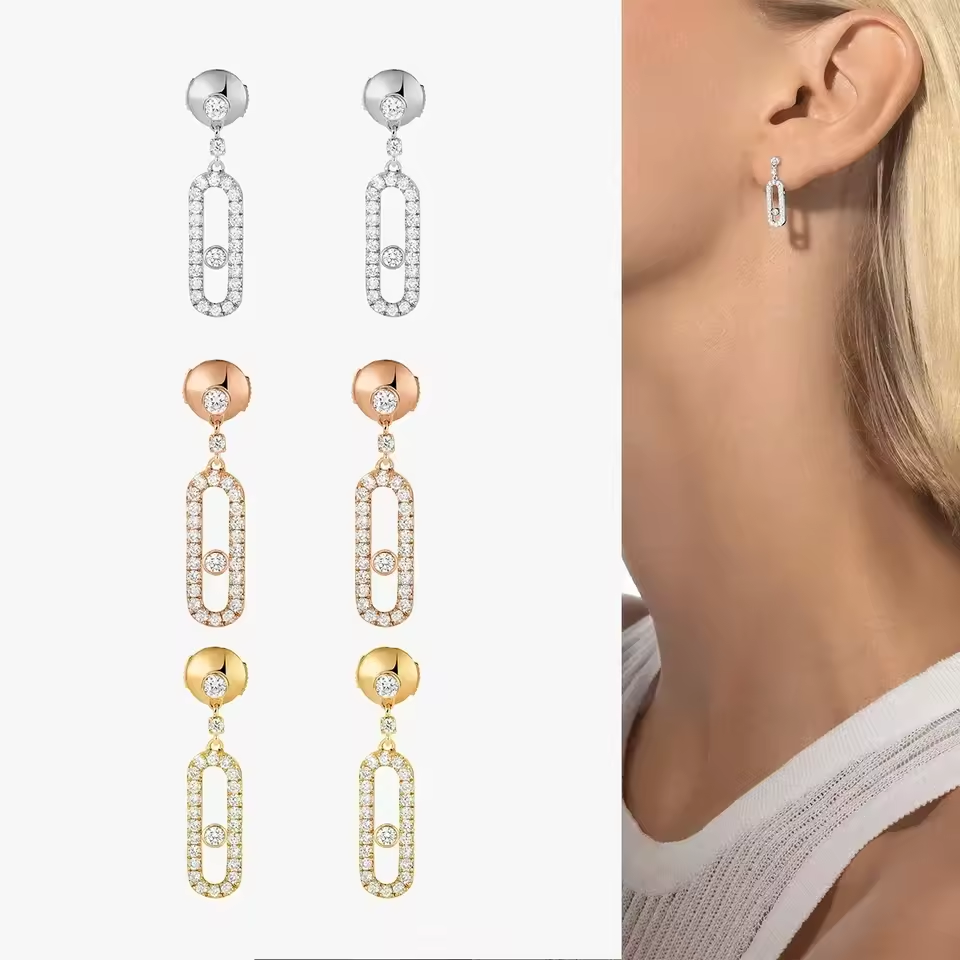
The Craftsmanship Behind Luxury Jewelry
Craftsmanship is the heartbeat of luxury jewelry. The art of creating stunning pieces involves precision, skill, and unparalleled attention to detail. Each design reflects not just beauty but the expertise of artisans dedicated to their craft. Luxury pieces are proof of the time-honored techniques and precious materials that define this industry.
The Role of Precious Materials: Diamonds, Gold, and More
Precious materials are central to luxury jewelry. Diamonds are prized for their sparkle and rarity. Gold, whether yellow, white, or rose, serves as the foundation of iconic designs. Platinum adds strength and an understated elegance. Gemstones like rubies, sapphires, and emeralds bring vibrant color and personality. Some designers even use rare materials like meteorite or high-quality pearls for unique touches. Master artisans carefully select, cut, and polish these materials to ensure unparalleled quality and beauty. These elements work together to create timeless jewelry that stands out.
Techniques that Define Luxury Jewelry Design
Techniques are the essence of luxury jewelry craftsmanship. Artisans use methods like hand engraving for intricate patterns or filigree for delicate detail. The Mystery Setting, pioneered by Van Cleef & Arpels, showcases invisible settings that enhance gem brilliance. Enameling adds texture and color to jewelry designs. Lost-wax casting shapes metals with precision, while pavé techniques showcase clusters of tiny diamonds. Mastery of these techniques takes years, ensuring every piece is flawless. Designers often experiment with new methods while respecting traditional artistry, ensuring innovation without sacrificing quality. Together, materials and techniques create luxury brands’ signature perfection.
How to Choose the Perfect Luxury Jewelry
Luxury jewelry is more than just an accessory. It reflects personal style, special moments, and fine craftsmanship. Selecting the perfect piece involves thoughtful consideration to ensure it fits your needs.
Factors to Consider: Style, Budget, and Occasion
When choosing luxury jewelry, balance your preferences with practicality. Here are key factors to guide you:
- Style: Select designs that reflect your personality. Classic styles suit timeless preferences, while bold pieces make statements. Consider whether you want a daily wear piece or something for special occasions.
- Budget: Set a clear budget before shopping. Luxury jewelry ranges from affordable options to priceless treasures. Knowing your limit helps focus on pieces within your means.
- Occasion: Match the jewelry to the intended use. For weddings or engagements, go for elegant diamonds or timeless rings. Casual settings might call for vibrant, unconventional designs.
- Material Preferences: Decide on your preferred materials, like gold, platinum, or gemstones. Each material offers a unique look and feel, ensuring the piece complements your taste.
- Brand Reputation: Consider well-established luxury jewelry brands known for quality and craftsmanship. Renowned names like Cartier, Tiffany & Co., and Bulgari are trusted for their expertise.
By weighing these factors, you’ll find a piece that feels personal and timeless.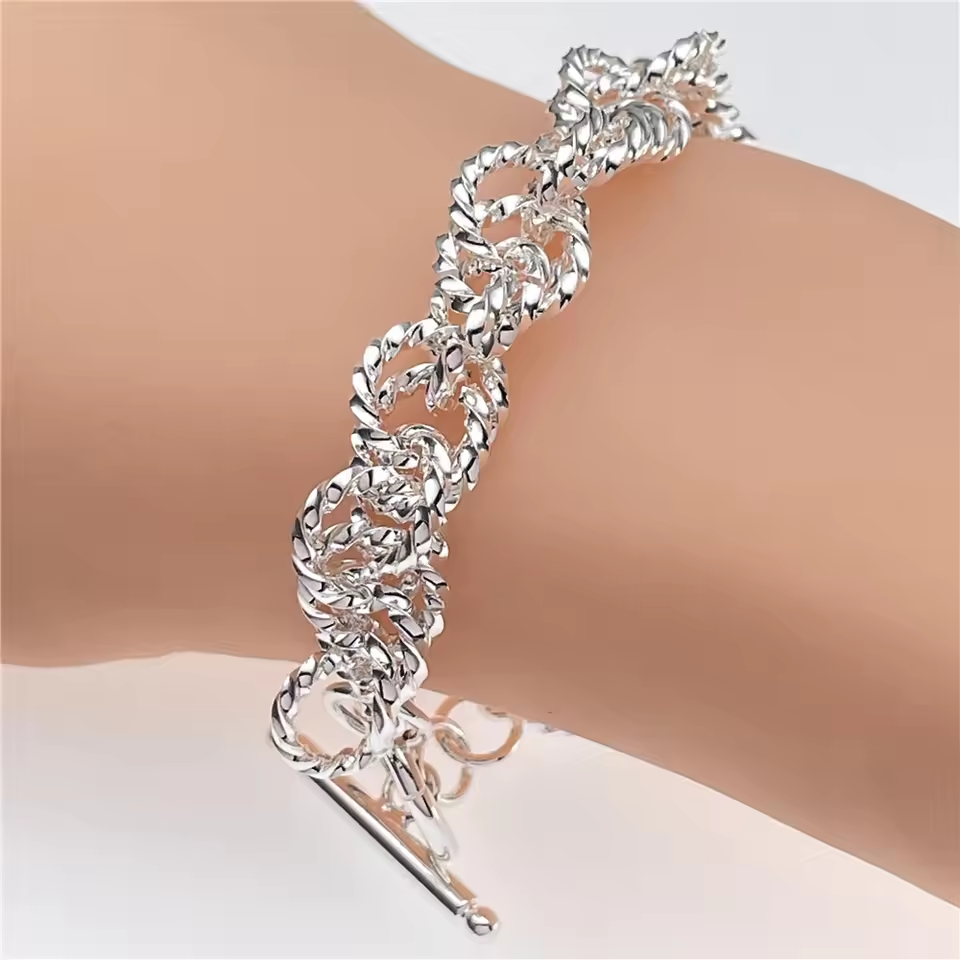
Tips for Spotting Authentic Luxury Pieces
Luxury jewelry is an investment, so ensure authenticity before making a purchase. Use the following tips:
- Research the Brand: Learn about the brand’s features and hallmarks. Verify the logo or signature stamps on the piece.
- Examine Materials: Authentic luxury jewelry uses premium materials like 18k gold, platinum, or flawless diamonds. Cheap substitutes are signs of fakes.
- Check Craftsmanship: Luxury pieces display precise detailing and clean finishes. Flaws or irregularities may indicate counterfeit products.
- Request Certification: Reputable brands provide certificates of authenticity. These confirm the origin, material quality, and gem specifics.
- Buy from Trusted Sellers: Purchase from authorized boutiques or recognized retailers. Avoid unfamiliar vendors or excessively discounted offers.
- Identify Unique Features: Many luxury brands include unique identifiers like serial numbers or custom engravings. Confirm these details to verify your piece.
By staying vigilant and informed, you can confidently invest in genuine luxury jewelry that lasts a lifetime.
The Sustainability Movement in Luxury Jewelry
The luxury jewelry industry is embracing sustainability as a critical priority. Consumers now demand eco-friendly and ethical practices. Brands are adapting by sourcing responsibly and crafting with environmental sensitivity.
Challenges in Sustainable Sourcing
Sustainably sourcing materials poses unique challenges for luxury jewelry brands. Some key difficulties include:
- Limited Availability of Ethical Materials: Conflict-free diamonds and recycled gold are harder to find.
- Environmental Impact of Mining: Mining precious metals and gemstones damages ecosystems and depletes resources.
- Traceability Issues: Tracking gemstones and metals to their ethical sources is complex.
- Cost of Sustainable Practices: Eco-friendly methods often increase production costs.
Despite these challenges, brands work tirelessly to address ethical concerns. Better transparency and innovative solutions help minimize environmental harm and ensure fair practices.
Brands Leading the Way in Ethical Practices
Several luxury jewelry brands are pioneers in sustainability. They champion responsible sourcing and eco-conscious craftsmanship. Here are industry leaders:
- Chopard: Chopard introduced “The Journey to Sustainable Luxury,” focusing on ethical gold and traceable gems.
- Brilliant Earth: Renowned for using conflict-free diamonds and recycled precious metals in their designs.
- Vrai: Vrai creates lab-grown diamonds, drastically reducing the environmental impact of traditional mining.
- Cartier: Cartier collaborates with organizations to improve sourcing methods and reduce carbon footprints.
These brands also prioritize fair trade and support local artisans, preserving traditional craftsmanship. They set an example for others to follow.
Sustainability ensures luxury jewelry remains beautiful and meaningful without compromising the planet’s future.
Investment Value of Luxury Jewelry
Luxury jewelry offers more than aesthetic appeal—it serves as a valuable and lasting asset.
Why Luxury Jewelry is Considered a Timeless Asset
- Durability of Materials: Luxury jewelry uses enduring materials like gold, platinum, and diamonds. These resist wear over time.
- Consistent Demand: Precious gemstones and gold maintain their value due to global demand and rarity.
- Historical Significance: Vintage and iconic pieces often gain significance, raising their worth.
- Brand Prestige: Renowned brands like Cartier and Tiffany add value to their jewelry through trusted craftsmanship.
- Resale Potential: High-quality items retain their market value, offering great resale opportunities for collectors.
- Legacy Pieces: Luxury jewelry acts as heirlooms, passed down to future generations with sentimental value.
By blending artistry, rarity, and cultural importance, luxury jewelry remains a prized investment.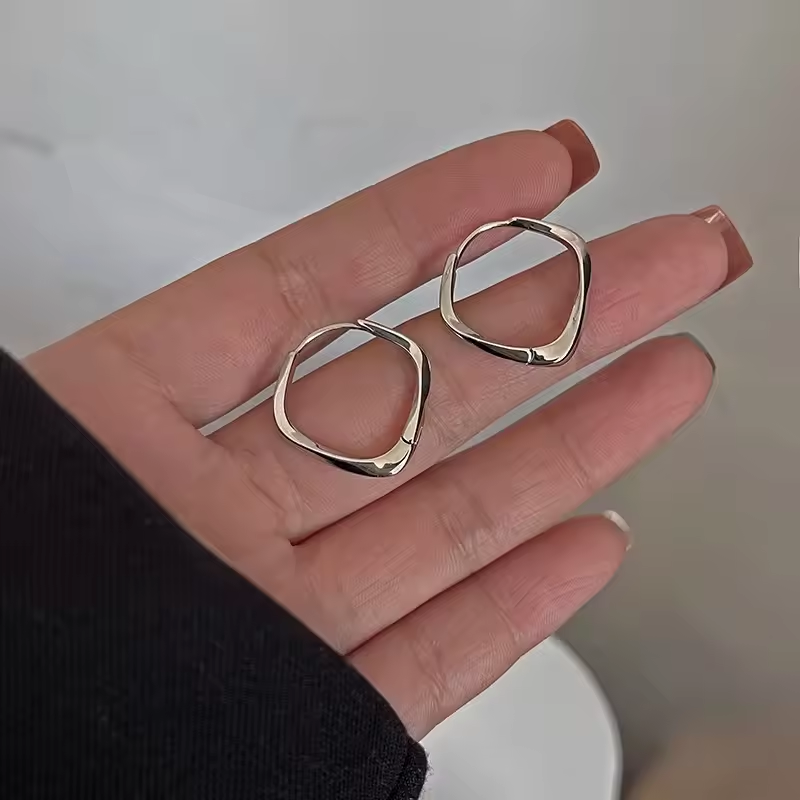
How to Preserve and Protect Your Jewelry Collection
- Proper Storage: Use soft-lined boxes or pouches to avoid scratches or damage. Keep pieces separate.
- Regular Cleaning: Clean jewelry gently using non-abrasive solutions to maintain brilliance and longevity.
- Inspect for Damage: Periodically check clasps, gem settings, and bands for wear and tear.
- Avoid Harsh Conditions: Keep jewelry away from chemicals, extreme heat, or humidity to prevent deterioration.
- Professional Maintenance: Visit experts regularly for polishing, repairs, or re-setting gems.
- Secure Insurance: Consider insuring valuable pieces to safeguard against theft or loss.
With careful care, luxury jewelry retains its beauty, value, and investment potential over time.
Tags: jewelry collections, jewelry designers, luxury jewelry brands